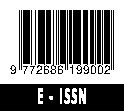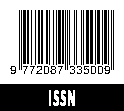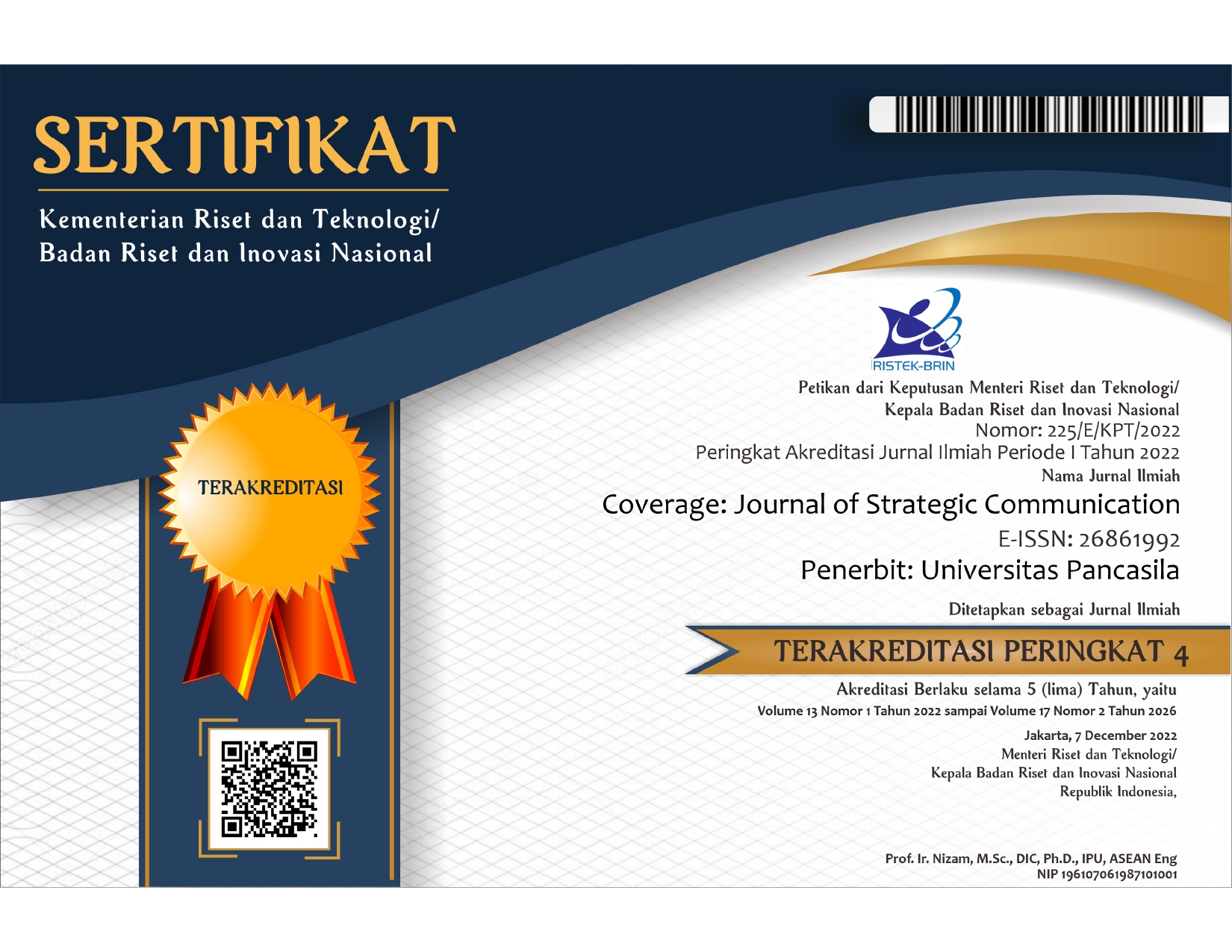Komunikasi Konteks Rendah sebagai Strategi Penguatan Citra Kelembagaan di Kementerian Sosial
DOI:
https://doi.org/10.35814/coverage.v12i2.3133Keywords:
Jejak Emas, Analisis Isi, Komunikasi Konteks RendahAbstract
Penelitian ini menelaah strategi komunikasi kehumasan pemerintah di Kementerian Sosial dari materi publikasi tertulis dengan metoda analisis isi. Penulis mengkaji buku terbitan Biro Humas Kementerian Sosial berjudul “Jejak Emas Kementerian Sosial RI: Rekaman Dharma Bakti dari Pelosok Negeri” menggunakan konsep komunikasi konteks rendah. Penulis menetapkan tiga unit analisis, yakni narasumber, sudut pandang (angle), dan orientasi artikel. Unit analisis narasumber dan sudut pandang (angle) melacak ciri-ciri komunikasi konteks rendah. Adapun orientasi artikel digunakan untuk menjelaskan bagaimana narasi pada setiap bab berperan dalam penguatan citra kelembagaan. Untuk membantu memaknai teks setiap artikel, peneliti menggunakan lembar koding. Hasilnya, enam artikel mengandung ciri-ciri komunikasi konteks rendah (kode 1), yakni pada Bab I, II, III, V, VII, VIII. Tiga lainnya tidak yakni Bab IV, VI, dan IX sehingga diberi kode 0. Komunikasi konteks rendah ditemukan pada enam peran pekerja sosial, yakni enabler, educator, facilitator, mobilizer, broker, dan counselor. Dari unit analisis sudut pandang (angle) semua artikel memperkuat citra positif lembaga (kode +) dengan menonjolkan tugas melayani kebutuhan dasar klien.
References
Agbo, B. O., & Asadu, C. A. (2016). Enhancing Organizational Corporate Image through the Social Media: A Study of Banks Response to University Undergraduates Facebook Comments in Enugu and Rivers States. Journal of Communication And Media Research, 8(1), 1999-210.
Akujobi, C.T., & Jack, Jackson T.C.B. (2017). Social change and social problems. Dalam Abasiekong, E.M, Sibiri, E.A, Ekpenyong, N.S (Eds.) Major themes in sociology: an introductory text. pp 491526. Benin City, Mase Perfect Prints. https://www.researchgate.net/publication/319422831_SOCIAL_CHANGE_AND_SOCIAL_PROBLEM.
Astuti, D. Y. (2016). Konseling eklektik dengan kerangka kerja skilled helper model. Psikologika, 21(2), Juli 2016. DOI: https://doi.org/10.20885/psikologika.vol21.iss2.art2
Bivins, H. T. (2011). Public relations writing: the essentials of style and format. 7th edition. McGraw-Hill.
Daniels, M. A., & Greguras, G. J. (2014). Exploring the nature of power distance: Implications for micro-and macro-level theories, processes, and outcomes. Journal of Management, 40(5), 1202-1229. https://doi.org/10.1177/0149206314527131
Derezotes, D. S. (2000). Advanced Generalist Social Work Practice. Sage Publications, Inc. DOI: https://doi.org/10.4135/9781452231907
Department of Communication. (2016). Introduction to Public Communication. Indiana State University Publication, 18 August 2016. Dalam http://kell.indstate.edu/public-comm-intro/chapter/2-3-understanding-intercultural-communication/
DeVito, A. J. (2016). The interpersonal communication book. 14th Edition. Pearson Education Limited.
Ebue, M., Uche, O. & Agha, A. (2017). Levels of Intervention in Social Work. In Okoye, U., Chukwu, N. & Agwu, P. (Eds.). Social Work in Nigeria: Book of Readings. Nsukka: University of Nigeria Press Ltd.
Burla, L., Knierim, B., Barth, J., Liewald, K., Duetz, M., & Abel, T. (2008). From text to codings: intercoder reliability assessment in qualitative content analysis. Nursing Research, 57(2), 113-117. DOI: https://doi.org/10.1097/01.NNR.0000313482.33917.7d
Dowling, G.R. (1986). Managing your corporate images. Industrial Marketing Management, 15(2), 109–115. DOI: https://doi.org/10.1016/0019-8501(86)90051-9
Elfrida, S. V. (2015). Proses membangun agenda setting kebijakan pada portal berita pemerintah dan kesesuaiannya dengan agenda media online. Jurnal Masyarakat Telematika dan Informasi, 6(1). DOI: http://dx.doi.org/10.17933/mti.v6i1.72
Elo, S., Kääriäinen, M., Kanste, O., Pölkki, T,. Utriainen, K., & Kyngäs,. H. (2014). Qualitative content analysis: a focus on trustworthiness, SAGE Open January-March 2014: 1–10 DOI: https://doi.org/10.1177/2158244014522633
Gray, E. R., & Balmer, J. M. (1998). Managing corporate image and corporate reputation. Long Range Planning, 31(5), 695-702. DOI: https://doi.org/10.1016/S0024-6301(98)00074-0
Gotsi, M., & Wilson, A.M. (2001). Corporate reputation: seeking a definition. Corporate Communications, 6(1), 24–30. DOI: https://doi.org/10.1108/13563280110381189
Hall, E. T., (1976). Beyond culture. New York: Doubleday.
Hall, E. T., (1983). The dance of life: the other dimension of time. New York: Doubleday.
Hancock B., Windridge K., and Ockleford E. (2007). An introduction to qualitative research. The NIHR RDS EM/YH.
Heidarzadeh, K., Torabi, F. (2014). Investigation of the effects of brand image and perceived public relation activities on customers loyalty. Jounal of Marketing Management, 8(21), 27-42.
Hidayat, MT. (2020). Budaya komunikasi publik kontemporer analisis strukturasi komunikasi publik kementerian komunikasi dan informatika. Promedia (Public Relation dan Media Komunikasi), 6(1). DOI: https://doi.org/10.52447/promedia.v6i1
Hofstede, G. (1980). Culture’s consequences: International differences in work related values. Beverly Hills, CA: SAGE.
Kementerian Sosial, https://pkh.kemensos.go.id/?pg=tentangpkh-1, diklik pada 10 Maret 2022, jam 11.28.
Kirst-Ashman, K.K. & Hull, G.H. (2018). Understanding generalist practice. Chicago. Nelson-Hall Publishers (8th ed.)
Krippendorff, K. (2004). Content analysis: an introduction to its methodology. Sage Publications, Inc.
Lampiran Peraturan Menteri Sosial No. 6 Tahun 2020, hal 2.
Lombard, M., Snyder‐Duch, J., & Bracken, C. C. (2002). Content analysis in mass communication: assessment and reporting of intercoder reliability. Human Communication Research, 28(4), 587-604.
Lombard, M., Snyder-Duch, J., & Bracken, C.C. (2004). Practical Resources for Assessing and Reporting Intercoder Reliability in Content Analysis Research Projects. http://matthewlombard.com/reliability/
Mazursky, D., & Jacoby, J. (1986). Exploring the development of store images. Journal of retailing, 62(2), 145-165.
Mohajan, H. K. (2018). Qualitative research methodology in social sciences and related subjects. Journal of Economic Development, Environment and People, 7(1), 23-48. DOI: https://doi.org/10.26458/jedep.v7i1.571
Miley, K.K., O’Melia, M.W., DuBois, B. L.(2014). General social work practice: An empowering approach. Pearson. (7th ed.)
Netting F.E., Kettner P.M., & McMurtry, S.L.(2017). Social work macro practice. New York: Longman. (6th ed.)
O’Connor, C., & Joffe, H. (2020). Intercoder reliability in qualitative research: debates and practical guidelines. International Journal of Qualitative Methods, 19. DOI: https://doi.org/10.1177/1609406919899220
Palmer, C., & Bolderston, A. (2006). A brief introduction to qualitative research. Canadian Journal of Medical Radiation Technology, 37(1), 16-19. DOI: 10.1016/S0820-5930(09)60112-2
Peraturan Menteri Sosial No. 16 Tahun 2017 tentang Standar Nasional Sumber Daya Manusia Penyelenggara Kesejahteraan Sosial.
Peraturan Pemerintah No. 39 Tahun 2012 tentang Penyelenggaraan Kesejahteraan Sosial.
Riffe, D., Lacy, S., Watson, R. B., & Fico, F. (2019). Analyzing media messages using quantitative content analysis in research. Routledge. (4th Ed.)
Schreier, M. (2012). Qualitative content analysis in practice. Thousand Oaks, CA: Sage
Setiawan, K. (2018). Jejak Emas Kementerian Sosial RI: Rekaman dharma bakti dari pelosok negeri, Kementerian Sosial RI.
Sunarwan, B. (2017). Agenda media tentang isu kinerja program pemerintah, pencitraan pemerintah dan media lokal. Jurnal Studi Komunikasi dan Media, 21(1), 25-41. DOI: https://dx.doi.org/10.17933/jskm.2017.210103
Syarif, N., Roem, E. R., Arif, E. (2021). Strategi komunikasi pemerintah kota pariaman pada program satu keluarga satu sarjana. Jurnal Komunikasi Global, 10(1), 2614-218X (Online). DOI: https://doi.org/10.24815/jkg.v10i1.20523
Wilcox, D. L., Ault, P. H., Agee, W. K., & Cameron, G. T. (2000). Public relations: strategies and tactics. Harlow: Longman. (6th Edt.)
Veres, Z., Tarjan, T., & Hamornik, B. P. (2014). Product attribute preferences – a multidisciplinary approach. European Scientific Journal, 10(7). DOI: https://doi.org/10.19044/esj.2014.v10n7p%p
Zastrow, C. (2017). Introduction to social work and social welfare: empowering people. George Williams College of Aurora University. (12th Edt.)
Zimmer, M. R., & Golden, L. L. (1988). Impressions of retail stores: a content analysis of consume. Journal of retailing, 64(3), 265. https://www.proquest.com/scholarly-journals/impressions-retail-stores-content-analysis/docview/228598203/se-2?accountid=201395





















